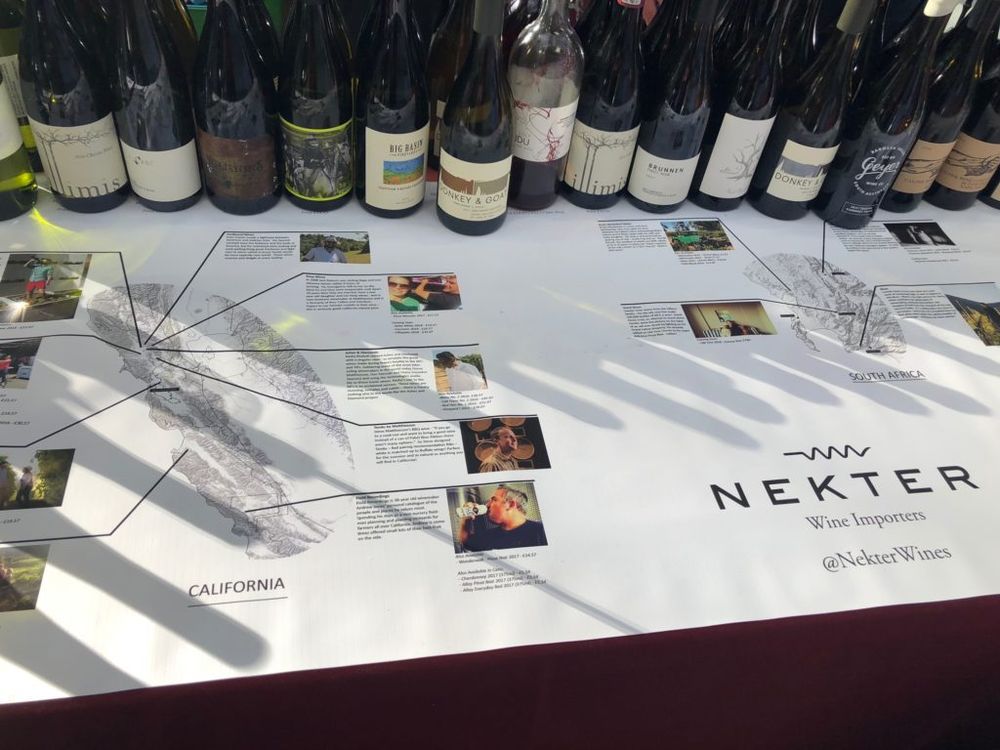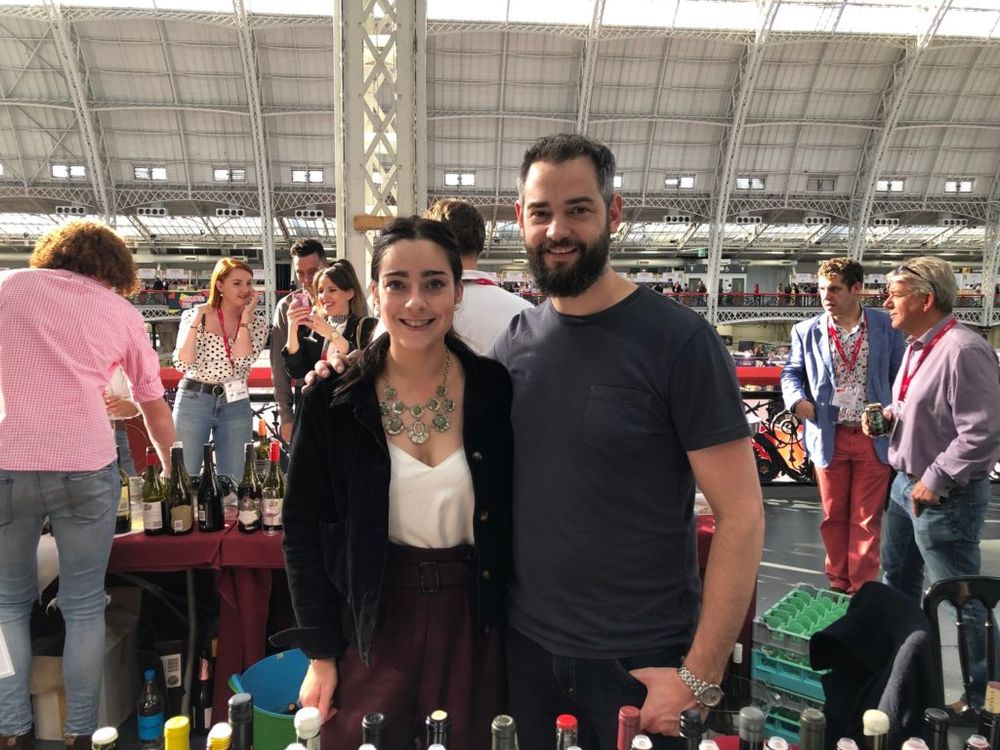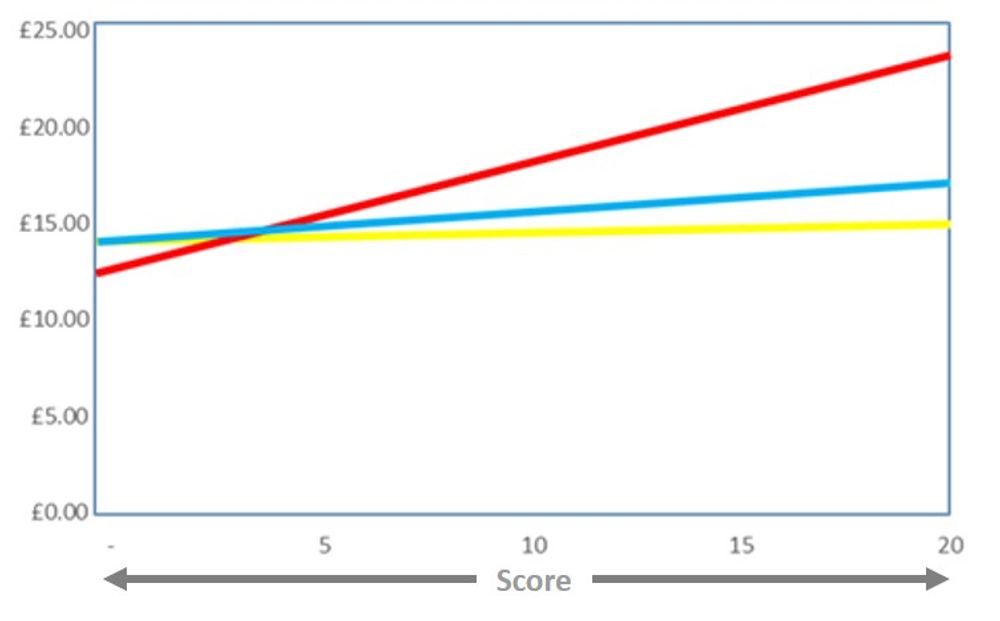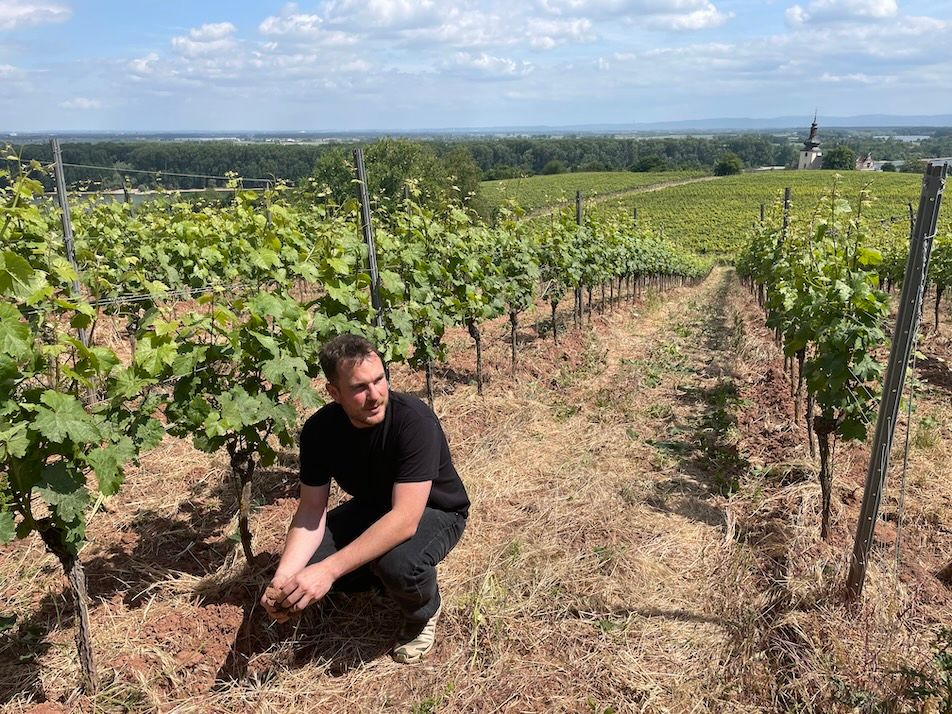The recent explosion of small importers is being met with increasing suspicion and weariness by many, says Nekter Wines’ Jonothan Davey but a recent empirical study shows that buyers would actually be better advised to try more adventurously and embrace this embarrassment of riches while they still can.
Sometimes, in life, ignorance can be a blessing. Starting a new firm, in an industry based on expertise and passion, from a standing start could generously be described as optimistic, but the wine industry has been very welcoming to me and Nekter has been able to carve out something of a niche for itself.
Many aspects of the industry, especially those concerning the reverence for the ethereal art of turning grape juice into the nectar of the Gods, are profound and make inherent sense. Others less so.
Entering the wine trade as a second career I was bemused by the apparently haphazard nature of wine scores and the inherently subjective element of tasting. Panel scores are demonstrably all over the shop and attending trade tastings as a new entrant can be a chastening affair, it seems that for every buyer who is open to trying something new, there are 49 buyers who stick with what they already know.

A feature of the Nekter portfolio is that their winemakers are all at the top of their game and have been extremely successful in their home markets, but, according to Jonothan Davey there remains a considerable hesitance to try the wines in the London market
All rather strange…
As somebody who in their previous life had run formal evaluation processes the apparent lack of accountability of these practices became something of a professional curiosity. Were the people who passed us by time and time again right, that we couldn’t possibly have something new or interesting? Was it right that the same wines and producers would always score the same sort of results?
What would it look like if we had control of a population and were able to ask them some simple questions to gauge group knowledge? Would, in fact, a group of wine experts with similar tastes and styles come to the same conclusions, or at least vaguely similar? If they did come to a collective and consistent hive view of the wines on offer, then it would be right that the same wines are on the same lists and shelves again and again and again and again. But if behind closed doors there was a difference in perception, some glitch in the Matrix, well then perhaps there should be less uniformity, less homogeneity and consequently more risk taking when it comes to tasting.
Happily in 2019 we organised and ran a tasting, together with the excellent Modal Wines and the brilliant Roland Wines. This afforded the ideal opportunity to test these ideas. Nic (Rizzi at Modal) and Roland (Szimeiszter at Roland Wines) were onboard and we polled all of the people who attended. Given the similarities between the three portfolios (minimal intervention, new generation of winemakers often not yet established in the UK) the population was ideal – the people who were there of their own volition would have shown similar stylistic preferences and so could act as an excellent population against which to test this idea of commonality – or not.

The Nekter Wines’ team: Jonothan Davey and Imogen Taylor
The Process
All attendees were asked to anonymously list their three favourite wines of the 45 shown (15 per importer). Simple. And effective. We had over 120 people at the tasting and we received 59 completed surveys. We tested three hypotheses, namely whether:
- A core group of wines would score consistently highly.
- Higher priced wines will score best.
- Other indicators can determine the success of a wine (packaging / commercial interest / winemaking style)
The Results
My personal view was that there would be very few consistencies, and at an early point my wife pointed out unhelpfully that: “Any idiot can fail to find a pattern.” But, little by little, some threads began to emerge through the numbers and, interestingly, the two questions most convincingly answered both delivered unexpected results.
Question 1: Will a core group of wines score consistently highly?
Hypothesis: There will be no clear favourites, but there will be a cluster of wines which consistently score highly.
Finding: There was actually a very wide distribution of favourites with even the top wine only picked by one in six people.
- Out of 45 wines, 39 were listed as favourite at least once (87%).
- 49% of the wines were listed at least three times.
- The top 10 wines were listed at least six times.
- The top scoring wine was listed as a favourite by only 10 people, 17% of respondents.
Question 2: Will higher priced wines score best?
Hypothesis: Yes. Duh!
Finding: The link between performance and price was much weaker than expected
- For two importers the relationship between their score and the price of the wines was basically flat, that is to say, increased price did not equate with better scores.
- For one importer there was a much more marked relationship between the price of the wines and how they were perceived.

Question 3: Will wines the importers expect to score highly perform well?
Hypothesis: There should be some correlation.
Background: Each importer highlighted wines we expected to be best received based on their packaging, their commerciality (well priced/accessible) and most interesting winemaking style to the sommelier/buying community. We looked at where these wines placed in the overall scoring, if there was a correlation between what the importers expected to see then the scores would be low as those wine
Findings: This was the one finding which was less conclusive, one supplier was reasonably close with the wines they picked all in the top 10, but the expectations of the other two importers were not aligned with the results.

So what does it all mean?
The central theme of these results aligns very well with a truism of the industry: “Design your lists for your customers, not for yourself”. But does not align itself with observed behaviour in tastings – 49 buyers passing new suppliers versus one person taking a risk.
In this test a large group of people (59) with similar tastes in wines returned strikingly varied results. It follows, therefore, that the consumers reviewing and engaging with those lists would have an even more varied response to the wines on offer. And yet time and time again the complaint of pretty much everyone in the wine industry is the same: “Tastings are boring – I don’t get what I want out of them”.
Similarly the response we often get when out prospecting is that people have too many suppliers on the books already. Yet, still they can’t get the variety they crave from large scale tasting events.

Davey tasting grapes and chewing the fat with Rory Williams of Calder wine, also the director of viticulture and winemaking at Frog’s Leap.
A humble suggestion…
A humble suggestion here is that more experimentation, more risk taking and being more open to change is the way forward. Yes, tastings are busy and time is tight, but trying the same wines again and again will ultimately stymie the variety on offer. If someone puts their livelihood and their business on the line to bring something new into this extraordinarily competitive market there is probably a reason for that.
Usually driven by a winemaker at the other end of the value chain reaching up out of the ordinary to try and make the best wine they can out of the best fruit they can find. This is what makes the wine world so magic and so unique. This enormous variety captures the imagination, the passion and the devotion of so many millions of followers around the world. Those wines, in most cases, have established themselves in their home markets and risen to the top, to then find their way to London.
The London wine scene is arguably the envy of the world – all roads seem to lead here, and right now we get the pick of the very best the world has to offer. But if 98% of tasters consistently turn their back on the new and exciting that is being offered and they are not picked up to be shared with public, then that glow could well tarnish and, in a time of other frontiers shortening, the idea of the wine world retreating from these shores is the most saddening of all.










































